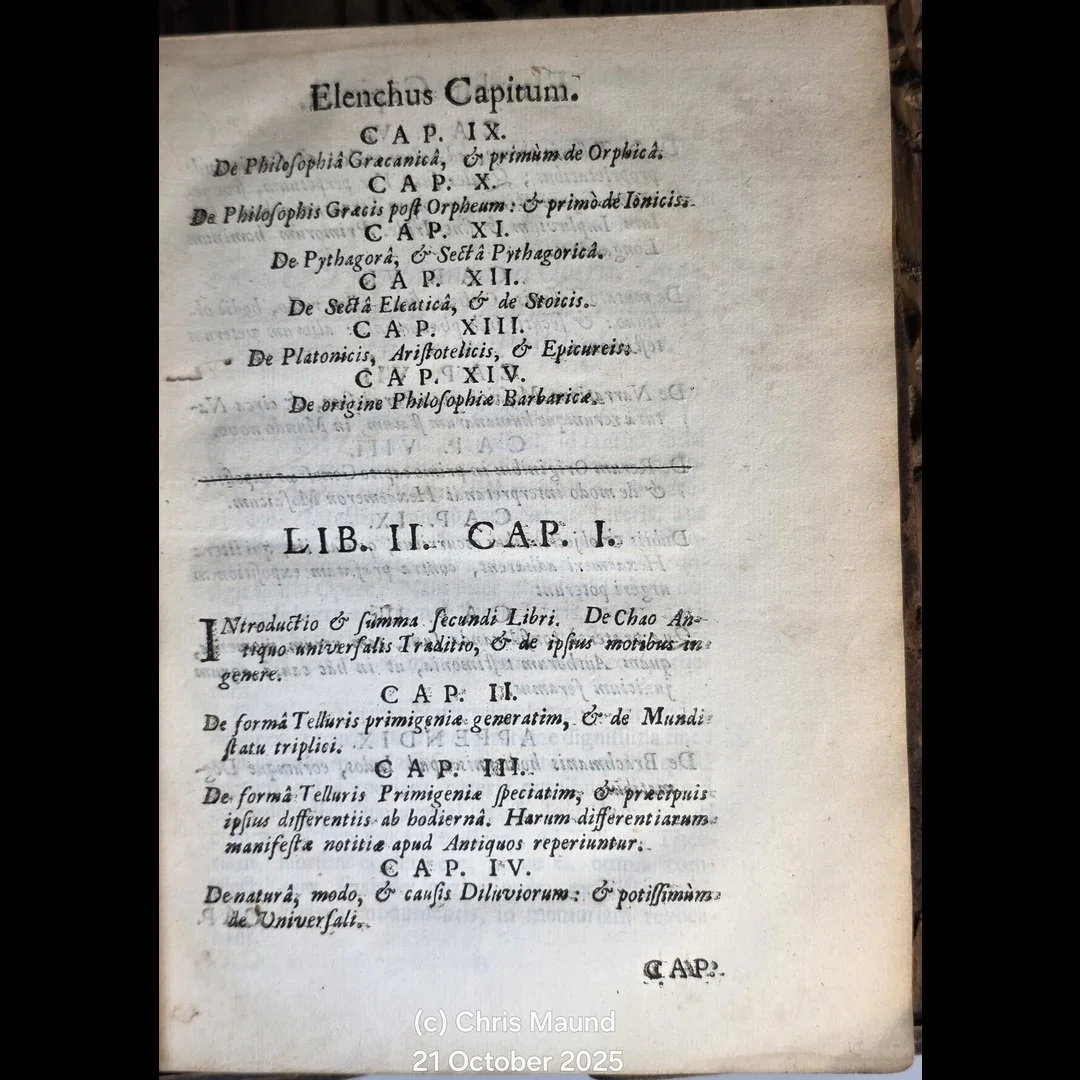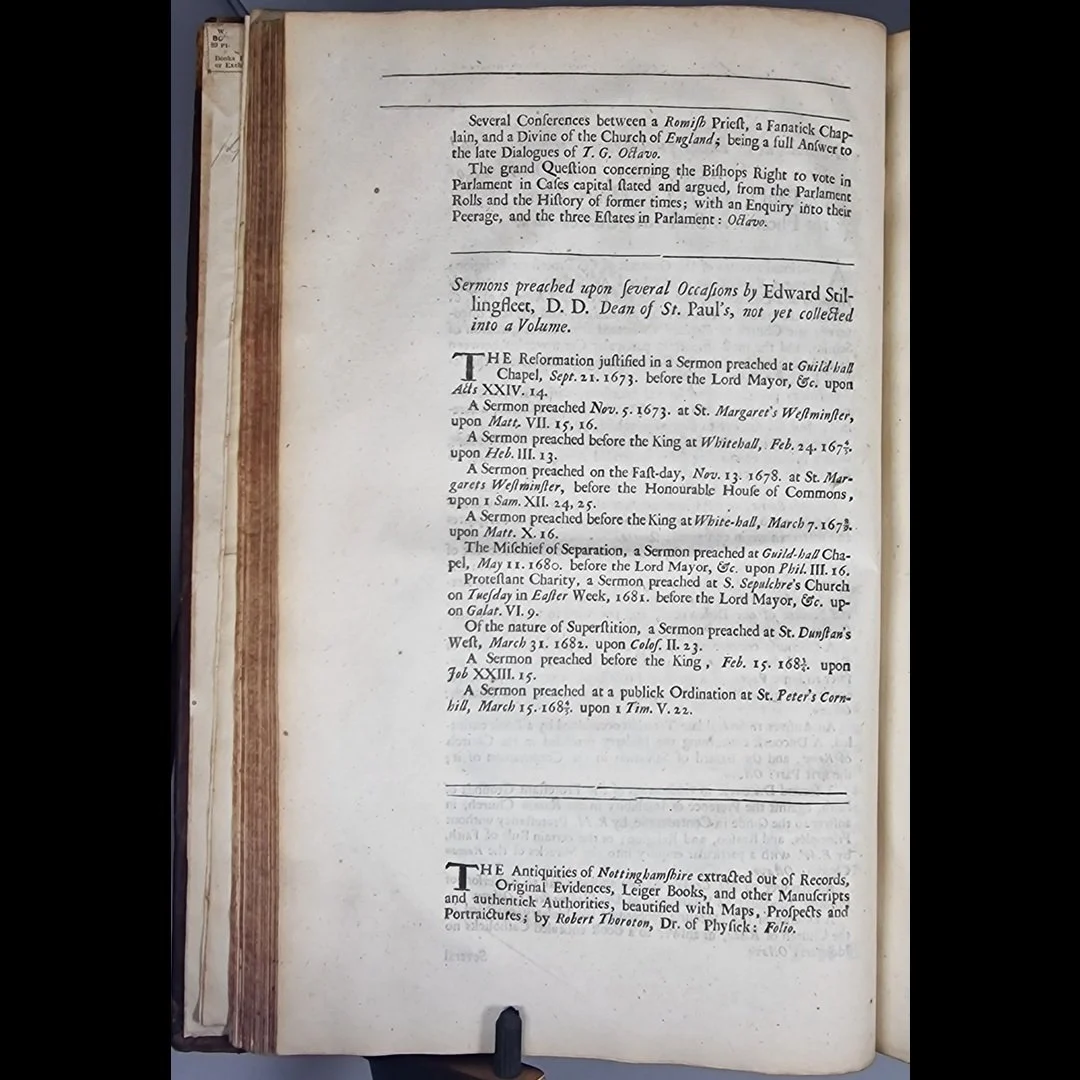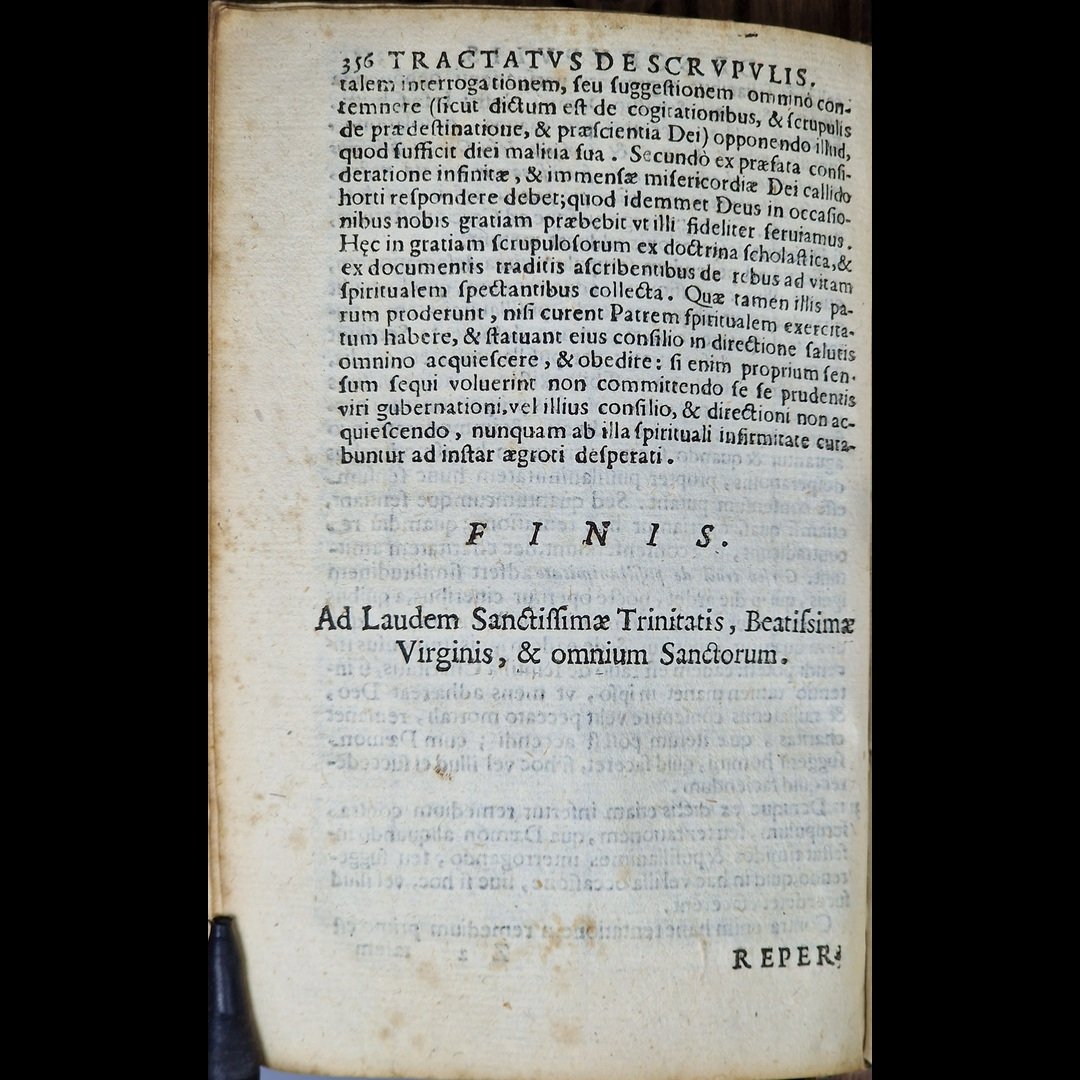 Image 1 of 31
Image 1 of 31

 Image 2 of 31
Image 2 of 31

 Image 3 of 31
Image 3 of 31

 Image 4 of 31
Image 4 of 31

 Image 5 of 31
Image 5 of 31

 Image 6 of 31
Image 6 of 31

 Image 7 of 31
Image 7 of 31

 Image 8 of 31
Image 8 of 31

 Image 9 of 31
Image 9 of 31

 Image 10 of 31
Image 10 of 31

 Image 11 of 31
Image 11 of 31

 Image 12 of 31
Image 12 of 31

 Image 13 of 31
Image 13 of 31

 Image 14 of 31
Image 14 of 31

 Image 15 of 31
Image 15 of 31

 Image 16 of 31
Image 16 of 31

 Image 17 of 31
Image 17 of 31

 Image 18 of 31
Image 18 of 31

 Image 19 of 31
Image 19 of 31

 Image 20 of 31
Image 20 of 31

 Image 21 of 31
Image 21 of 31

 Image 22 of 31
Image 22 of 31

 Image 23 of 31
Image 23 of 31

 Image 24 of 31
Image 24 of 31

 Image 25 of 31
Image 25 of 31

 Image 26 of 31
Image 26 of 31

 Image 27 of 31
Image 27 of 31

 Image 28 of 31
Image 28 of 31

 Image 29 of 31
Image 29 of 31

 Image 30 of 31
Image 30 of 31

 Image 31 of 31
Image 31 of 31
































1692 1st Edtn With Provenance ARCHÆOLOGIÆ PHILOSOPHICÆ SIVE DOCTRINA By Thomas Burnet Good Religion
1692 1st Edition , With Provenance
ARCHÆOLOGIÆ PHILOSOPHICÆ SIVE DOCTRINA
ANTIQUA DE RERUM ORIGINIBUS
By Thomas Burnet
Thomas Burnet was an English clergyman, theologian, and natural philosopher, Master of the Charterhouse in London and one of the great “latitudinarian” divines of the late 17th century. He sought harmony between Scripture and emerging natural philosophy. His Telluris Theoria Sacra (Sacred Theory of the Earth, 1681–90) and this Archaeologiae Philosophicae were both controversial for their allegorical reading of Genesis, influencing Enlightenment cosmology and theology alike.
Format: Hardcover, quarto (4to 9+1⁄2 × 12 241 × 305),Pages 358
Language: Latin
Dust Jacket: No Jacket, Dust Jacket Condition: No Jacket
Published By: Typis R. N., Impensis Gualt. Kettilby, ad Insigne Capitis Episcopi in Coemeterio Paulino, London
Synopsis: Burnet’s Archaeologiae Philosophicae explores “the ancient doctrine on the origins of things,” surveying the cosmogonies of the Hebrews, Egyptians, Chaldeans, Persians, and Greeks.
He argues that the Mosaic account of creation should be read figuratively, presenting nature as a divine revelation complementary to Scripture. Topics include the Cabala, the Creation and Fall, the Deluge, and philosophical speculation on the destiny of the world.
Dedicated to King William III (“Augustissimo Principi Guilielmo”), the work exemplifies Burnet’s rational theology and early attempts at reconciling faith with natural reason — hallmarks of the post-Newtonian age.
A foundational work in the history of natural philosophy and religion, marking a key moment in 17th-century efforts to read Genesis allegorically and integrate ancient wisdom with modern science.
Burnet’s Archaeologiae stands beside his Telluris Theoria Sacra as one of the most daring theological cosmologies of the English Restoration period.
First edition of this controversial work by Burnet in which he tries to reconcile the biblical creation story with scientific ideas and with what could be known of ancient accounts of creation. It was so controversial, Burnet told his publisher not to reprint, abridge or translate the work.
Ex-libris General Theological Seminary Library, New York, with printed bookplate and embossed/ink stamps to title. Later Rare Book Room and Not to be removed labels to pastedowns.
SKU: BTETM0002584
Approximate Package Dimensions H: 12.5, L: 30, W: 25 (Units: cm), W: 2Kg
1692 1st Edition , With Provenance
ARCHÆOLOGIÆ PHILOSOPHICÆ SIVE DOCTRINA
ANTIQUA DE RERUM ORIGINIBUS
By Thomas Burnet
Thomas Burnet was an English clergyman, theologian, and natural philosopher, Master of the Charterhouse in London and one of the great “latitudinarian” divines of the late 17th century. He sought harmony between Scripture and emerging natural philosophy. His Telluris Theoria Sacra (Sacred Theory of the Earth, 1681–90) and this Archaeologiae Philosophicae were both controversial for their allegorical reading of Genesis, influencing Enlightenment cosmology and theology alike.
Format: Hardcover, quarto (4to 9+1⁄2 × 12 241 × 305),Pages 358
Language: Latin
Dust Jacket: No Jacket, Dust Jacket Condition: No Jacket
Published By: Typis R. N., Impensis Gualt. Kettilby, ad Insigne Capitis Episcopi in Coemeterio Paulino, London
Synopsis: Burnet’s Archaeologiae Philosophicae explores “the ancient doctrine on the origins of things,” surveying the cosmogonies of the Hebrews, Egyptians, Chaldeans, Persians, and Greeks.
He argues that the Mosaic account of creation should be read figuratively, presenting nature as a divine revelation complementary to Scripture. Topics include the Cabala, the Creation and Fall, the Deluge, and philosophical speculation on the destiny of the world.
Dedicated to King William III (“Augustissimo Principi Guilielmo”), the work exemplifies Burnet’s rational theology and early attempts at reconciling faith with natural reason — hallmarks of the post-Newtonian age.
A foundational work in the history of natural philosophy and religion, marking a key moment in 17th-century efforts to read Genesis allegorically and integrate ancient wisdom with modern science.
Burnet’s Archaeologiae stands beside his Telluris Theoria Sacra as one of the most daring theological cosmologies of the English Restoration period.
First edition of this controversial work by Burnet in which he tries to reconcile the biblical creation story with scientific ideas and with what could be known of ancient accounts of creation. It was so controversial, Burnet told his publisher not to reprint, abridge or translate the work.
Ex-libris General Theological Seminary Library, New York, with printed bookplate and embossed/ink stamps to title. Later Rare Book Room and Not to be removed labels to pastedowns.
SKU: BTETM0002584
Approximate Package Dimensions H: 12.5, L: 30, W: 25 (Units: cm), W: 2Kg
Good - First Edition.
Wing B5943; ESTC R23364 (standard reference for the 1692 issue). Collation conforms to standard copies: 2 parts in one volume, continuous pagination, approx. 358 pp., with engraved diagram present in some examples. Printed in Latin type with decorated initials and headpieces. Ex-Library. Contemporary calf boards, rebacked in 20th-century buckram with reinforced cloth hinges. Corners worn, boards rubbed and with areas of surface loss. Title-page bearing library stamp and faint emboss.
Text lightly toned, occasional foxing, tide-mark to upper margins through early gatherings, but text entirely legible. Endpapers replaced, inner joints strengthened. Structurally sound. Please see photos as part of condition report


























































































